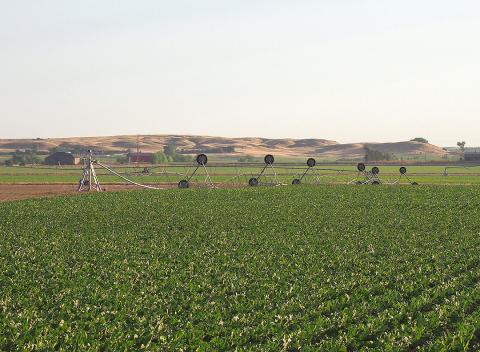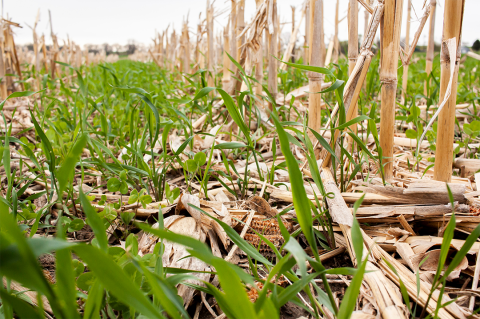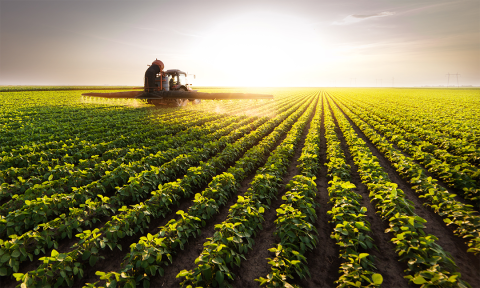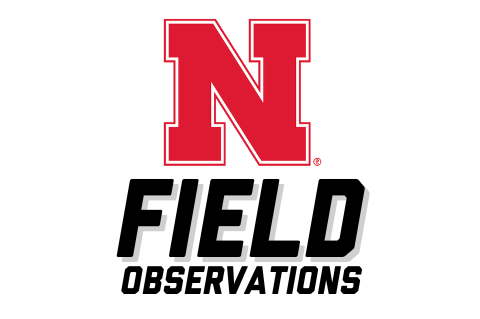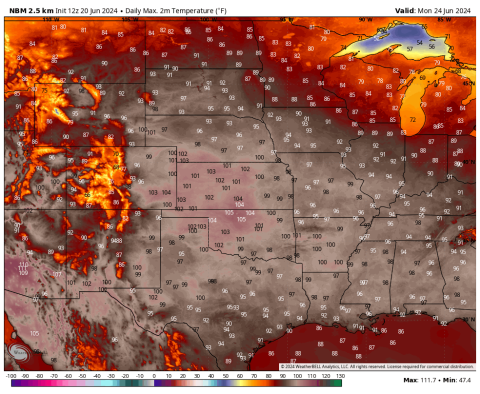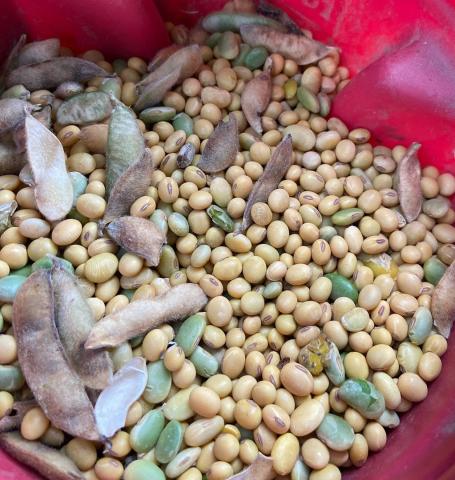Severe Storms Damage Crops, Excessive Heat Will Drive Water Needs
June 27, 2024
Nebraska Extension Educator Gary Stone shares insights on crops that have received storm damage in recent weeks, as well as water use expectations.

Crop Progress: Crop Conditions Significantly Higher in June 2024
June 27, 2024
Nebraska crop conditions are considerably higher than last year during this stage of the growing season, by as much as 30-40% for many crops.
Nebraska Producers Invited to Participate in Cover Crops Survey
June 21, 2024
Producers are encouraged to participate in a new survey that will help researchers better understand messaging on cover crops to improve information and outreach.
EPA Opens Public Comment Period for Proposed Dicamba Herbicide from BASF
June 21, 2024
The public has until July 5, 2024 to make comments on the registration of a new BASF dicamba product for dicamba-tolerant soybeans and cotton.
This Week on N Field: Importance of Early Season Weed Control in Corn
June 21, 2024
For growers who were not able to apply pre-emergence herbicide at corn planting, several herbicide options are available for early post-emergence herbicide application in corn.
Weekly Weather Outlook and Update: June 20, 2024
June 21, 2024
The forecast for next week includes temperatures in the high 90s, with triple digits near the Nebraska-Kansas border and Panhandle, followed by possible storms Tuesday night and again Friday into the weekend.
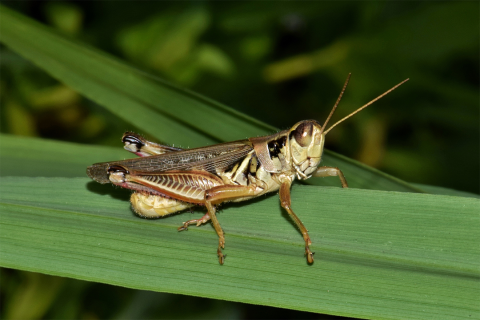
Pasture and Forage Minute: Management Considerations for Grasshopper, Poison Hemlock and Yucca
June 20, 2024
Economic thresholds of grasshoppers have been observed in some Nebraska pastures — review the square foot method and insecticide options to begin scouting and control measures.
Follow-up from July 2023 Hailstorms to Soybean
June 20, 2024
This article reviews the yield results of five replanted Nebraska soybean fields following hail damage in 2023, which may assist soybean growers currently considering relative maturities in their replant decisions.


